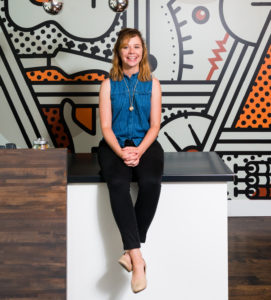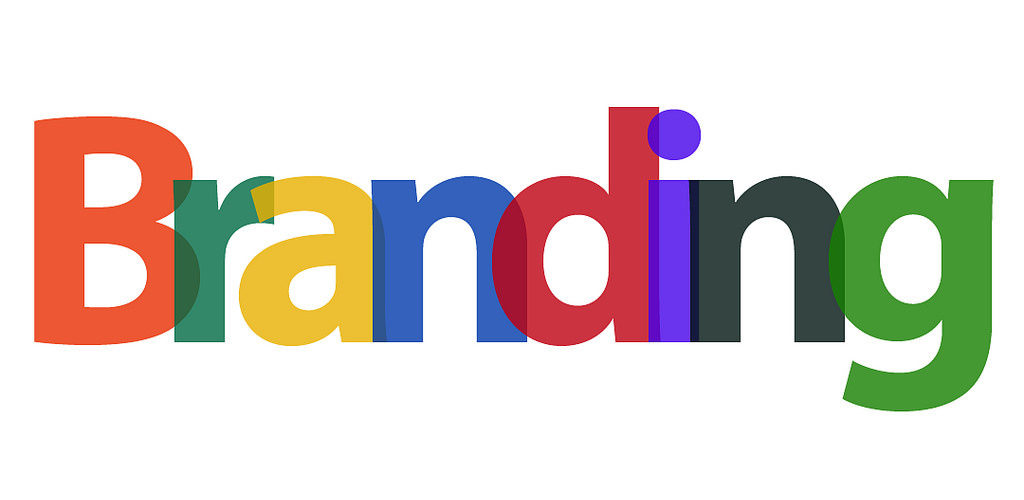“Contrary to popular belief, it’s not centered on selling something—it’s rooted in storytelling.”
by JJ Jones

Tom Tom’s spring 2017 Digital Issue featured an article titled “Media Mavericks” that focused on smart ways drummers can build an online presence. In the age of the Internet, it’s imperative for artists to show off their skills in creative ways to help them reach audiences, whether to find work or fans. Artist branding was what everyone was discussing at this year’s National Association of Music Merchants (NAMM), as well. In light of this need for new knowledge on how to develop our brands and to circulate information on our talents, Tom Tom spoke with Reverb.com’s art director and brand keeper, Lynette Sage, about smart ways to help you strengthen your brand by showing both your struggles and successes. Sage’s previous clients include Shure, Ableton, and ESPN.
Tom Tom: What is branding, and why is it important for a drummer?
Lynette Sage: This is a great question. Branding has become a bit of a buzz word lately. Everywhere you look, there’s an article giving advice on ways to promote your brand, or ways to build a better brand. It’s overwhelming, even for someone like me who is thinking about branding every day. Before we jump into the “how” and the “why,” it’s important to understand exactly what branding is. Contrary to popular belief, it’s not centered on selling something—it’s rooted in storytelling. It’s your narrative and the set of values you’ve committed to following. It’s what you portray every time you interact with your fans, whether through social media, your website, or even an in-person meeting at a show.
To portray this narrative, you first have to understand it yourself. What are some personality traits that are unique to you? Maybe you are a good teacher, use unique drumming techniques, try weird pieces of gear in your rig, or are an advocate for a specific style. What makes you different? Figure out what makes you you and completely own it. It’s not about creating a persona; it’s about being you and understanding how to show that to the world.
It’s important to create this brand narrative as a drummer and artist. If you don’t, your fans will have a difficult time relating to you, or connecting with you as a musician. The truth is, there’s a lot of noise out there, and if you aren’t consistent in telling your story, it will be difficult to break through the clutter.
How can a drummer define their brand? How would they communicate it?
Identify what makes you excited, share it with your audience, and your audience will get excited with you. There’s nothing more inspiring than seeing someone who is dedicated to their practice and showing it every day. It can be as simple as talking through how you struggled to perfect your snare technique, or showing how you are integrating jazz into your metal band. Showing your process, and how you’re mastering the craft is a great way to communicate your brand to your audience.
Visual images are critical for branding. How do I create my own images if I don’t have the money to hire a designer, and if I don’t have a background in design? How can I ensure my images are in line with the brand I’m cultivating?
I would argue that finding your visual voice is just as important as identifying your unique drum style. Your drum style is what people hear when you play; your visual brand is what people see the rest of the time. For that reason, it’s important that the images and designs you post on social media are not only consistent with each other, but in line with what makes you unique.
Before you start creating your brand, or even bringing ideas to a designer, you have to ask yourself a few basic questions. How are you different from other drummers? What are you known for, or do you want to be known for? What values to do you want attached to your name? Once you answer these questions, you’ll be in a better position to begin thinking about your visual brand, or talking to a designer about creating it.
One of the easiest ways to determine your own visual brand is to understand what visuals attract your eye. Look at what you’re favorite musicians do, or what musicians have done throughout history to gather inspiration. Flip through old magazines and rip out what you like. Find one element that can be consistent in everything you do and stick to it—whether it’s a dog in a space suit that appears in all of your images, a typeface that you replicate over and over, or mid-century aesthetics that appear in all your designs.
Once you’ve worked out those ideas, work with a designer. They can help you take all of the elements you like and mesh them into something that is cohesive. You don’t have to drop thousands of dollars to get design help. Do you have a local university? It’s not uncommon for design students to exchange their expertise for something outside of cash. When I was in college, I once got my car fixed in exchange for design work. Whatever you decide, keep in mind that designers—much like musicians—are often asked to do work for free, so make sure you are bringing something to the table, even if it’s not dollar bills.
Richard Janes, a personal brand expert, says: “Be prepared every single day to communicate the passion in what you do and your unique approach that makes you special. Why do you do what you do? What is the passion behind it? Passion excites people. Passion sparks intrigue and passion opens doors. A brand image is something that everyone around you can immediately communicate is really amazing about you—your distinguishing characteristics. A brand image that speaks to you at your very best and most passionate and successful.” Do you agree with Richard’s assessment?
For the most part, this is spot on—particularly the part about bringing your passion to the table. True passion is felt by your audience. Manufactured passion is something your audience can easily see through. Branding is taking a step back from what you’re doing, understanding your passion, creating your story, and sharing it with your audience.
I don’t think, however, that you have to show only your most successful moments. Your audience wants to see the struggle—they want to feel the ups and downs and to root for you. It’s difficult to be relatable if you only show the most successful parts of your practice. Perfection isn’t possible, and even the most popular musicians aren’t successful every day. You are real. You are yourself. You are capable of making mistakes and learning from them, and that’s powerful.
Drummers like Anika Nilles and Meytal Cohen, as well as Emily Dolan Davies and Louise Bartle (both were featured in the “Media Mavericks” piece) have built their drumming careers almost solely through the use of social media. How are these drummers successfully communicating a brand?
In my eyes, the success of these incredible female drummers comes down to one thing: They are not only demonstrating what makes them unique; they’re not afraid to show their personalities onstage and off. For that reason, they’re incredibly relatable. When I scroll through their feed, I feel like I know them personally. When I watch their videos, I feel like I’m part of their team. Putting yourself out there is awkward at first—especially if you’re comparing yourself to these higher profile drummers—but as Louise Bartle beautifully put it, “I can do me the best; I can play how I play better than anyone.”
JJ Jones is an internationally touring, Berklee-trained drummer and educator. She has played with folk-pop darlings Girlyman, singer/songwriter Lucy Wainwright Roche, comedian Margaret Cho, LA’s riot-pop band WASI, and Egyptian revolutionary Ramy Essam, among many others. She is the founder of EmpowerDrumming.com.


